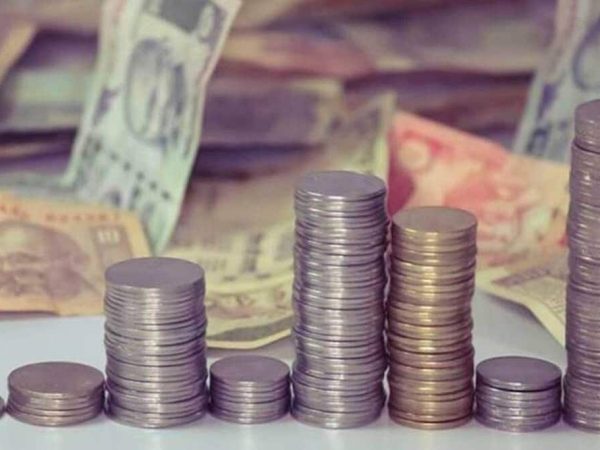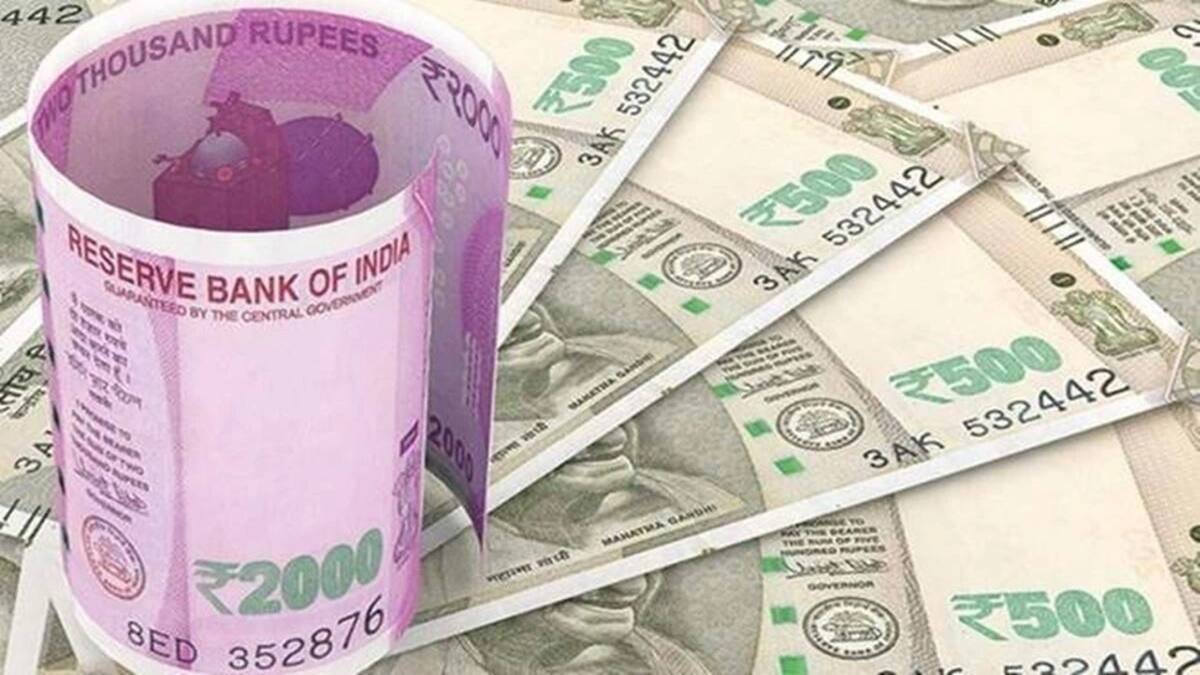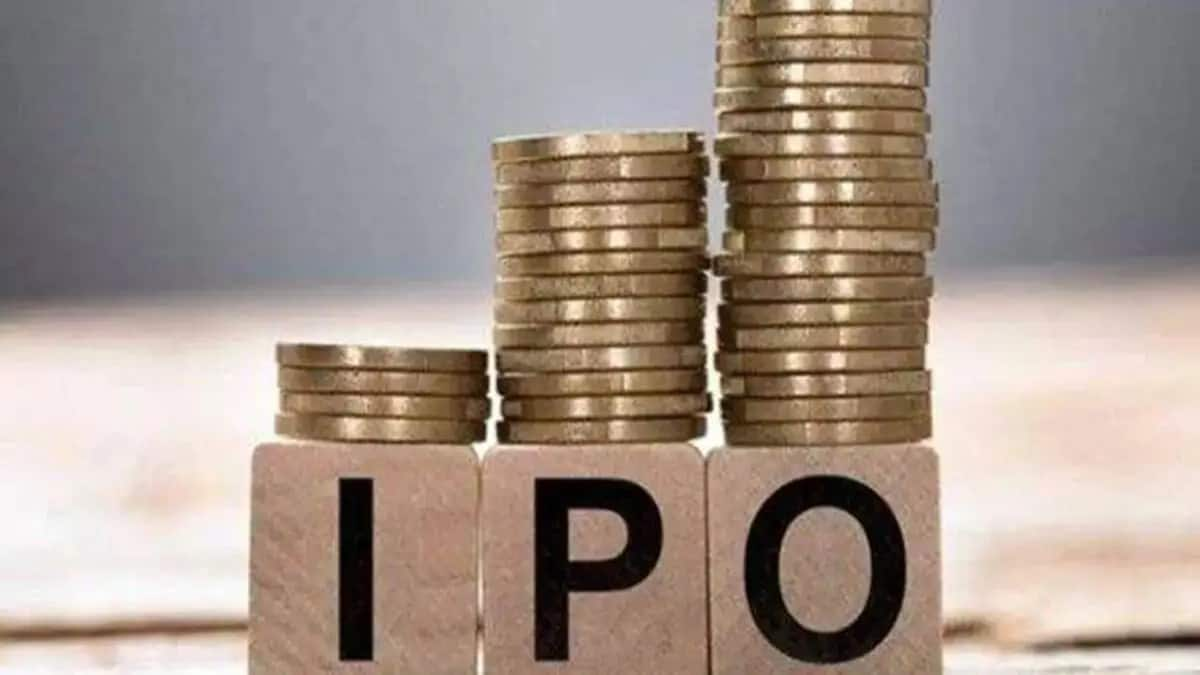OYO’s valuation drops in private market
Around two weeks after OYO refuted claims of SoftBank reportedly lowering its valuation, the IPO-bound company’s valuation in the private market has dropped to around $6.5 billion, news agency PTI reported citing industry players.
On September 22, Bloomberg reported that Softbank — OYO’s largest investor — had lowered the hospitality and travel tech company’s valuation by over 20% to roughly $2.7 billion on its private books after benchmarking OYO against peers with similar operations. OYO had, however, rejected the markdown, terming it “patently incorrect”.
Also Read: Electronics Mart India IPO subscribed 1.69 times on first day of offer
After the company showed its losses had narrowed and reported an Ebitda-positive quarter, the company’s share price in the private market had risen to Rs 94 per share. But following SoftBank’s reported slash in valuation, OYO’s shares sold off in the unlisted markets and the share price fell by 13% to Rs 81 apiece. In the week ended September 30, nearly 1.23 million shares of the company were sold in the private market compared with over 0.16 million sold in the previous week, the PTI report added.
“Last year, transactions (of OYO shares) in private markets happened at around $8 billion range, but in the recent past transactions are happening up to $6.5 billion valuation,” Analah Capital CEO and founder Vaishali Dhankani said.
Dhankani, who is also the CEO of Tradeunlisted.com, a tech-based distribution platform for private equity, said some of OYO’s “past distractions seem to have gone away and one anticipates a stronger bottom line and sticking to its knitting”.
These developments come at a time when OYO has been readying itself for an IPO, likely for early next year. The company had filed its preliminary papers with Sebi to raise Rs 8,430 crore through an initial share sale in October 2021. When it filed the draft prospectus for its IPO, OYO was eying a valuation of around $10 billion but later prepared to settle for a lower valuation of around $7-8 billion.










Recent Comments